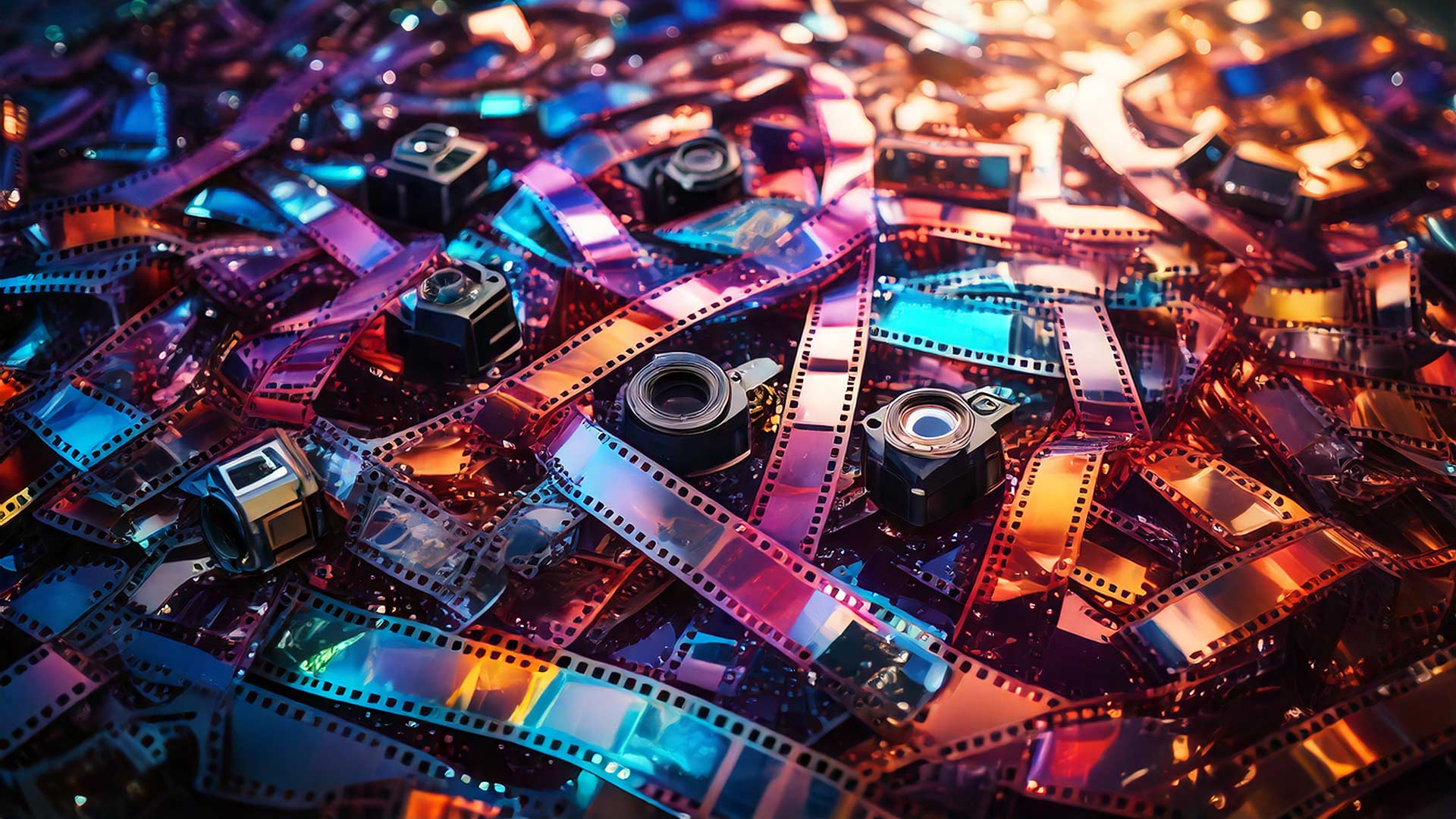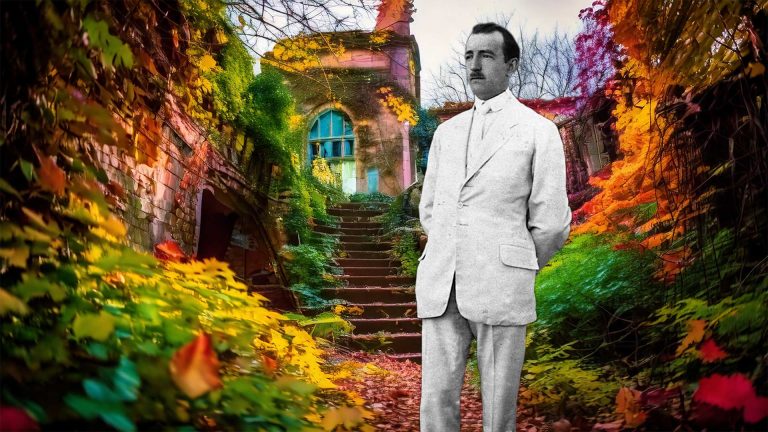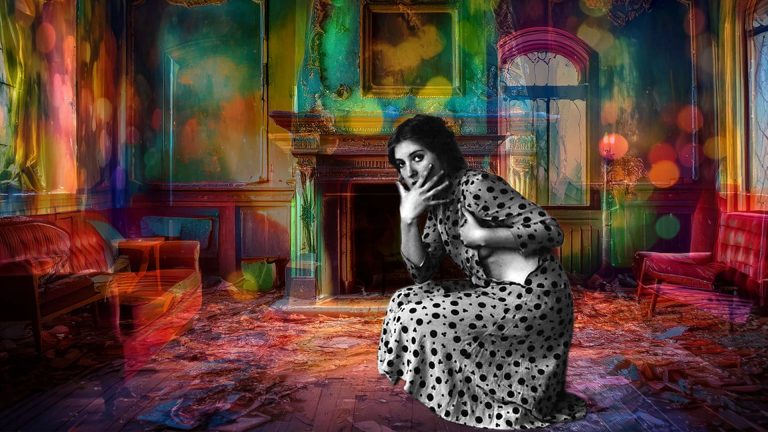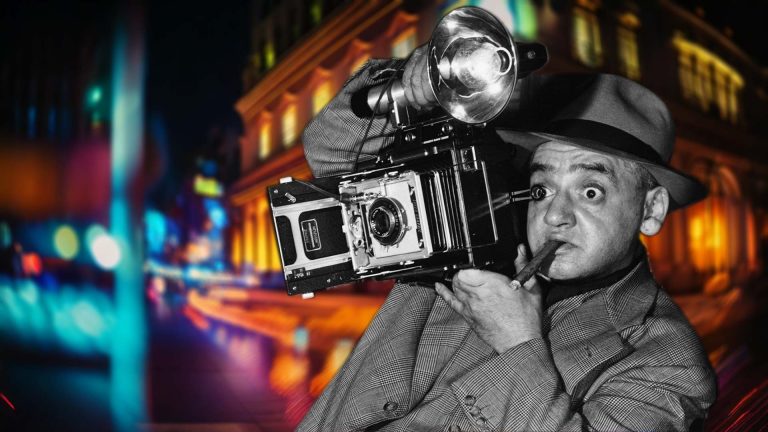A remarkable first photography professor
Read time 2 minutes 30 seconds
f you’re looking to take your photography skills to the next level, it’s crucial to learn from someone who truly understands both the art and science behind the lens. For me, that person was my first photography professor, Hugh Rogers. His deep passion for photography, combined with his extensive knowledge and unwavering commitment to his students, was transformative and shaped my journey as a photographer.
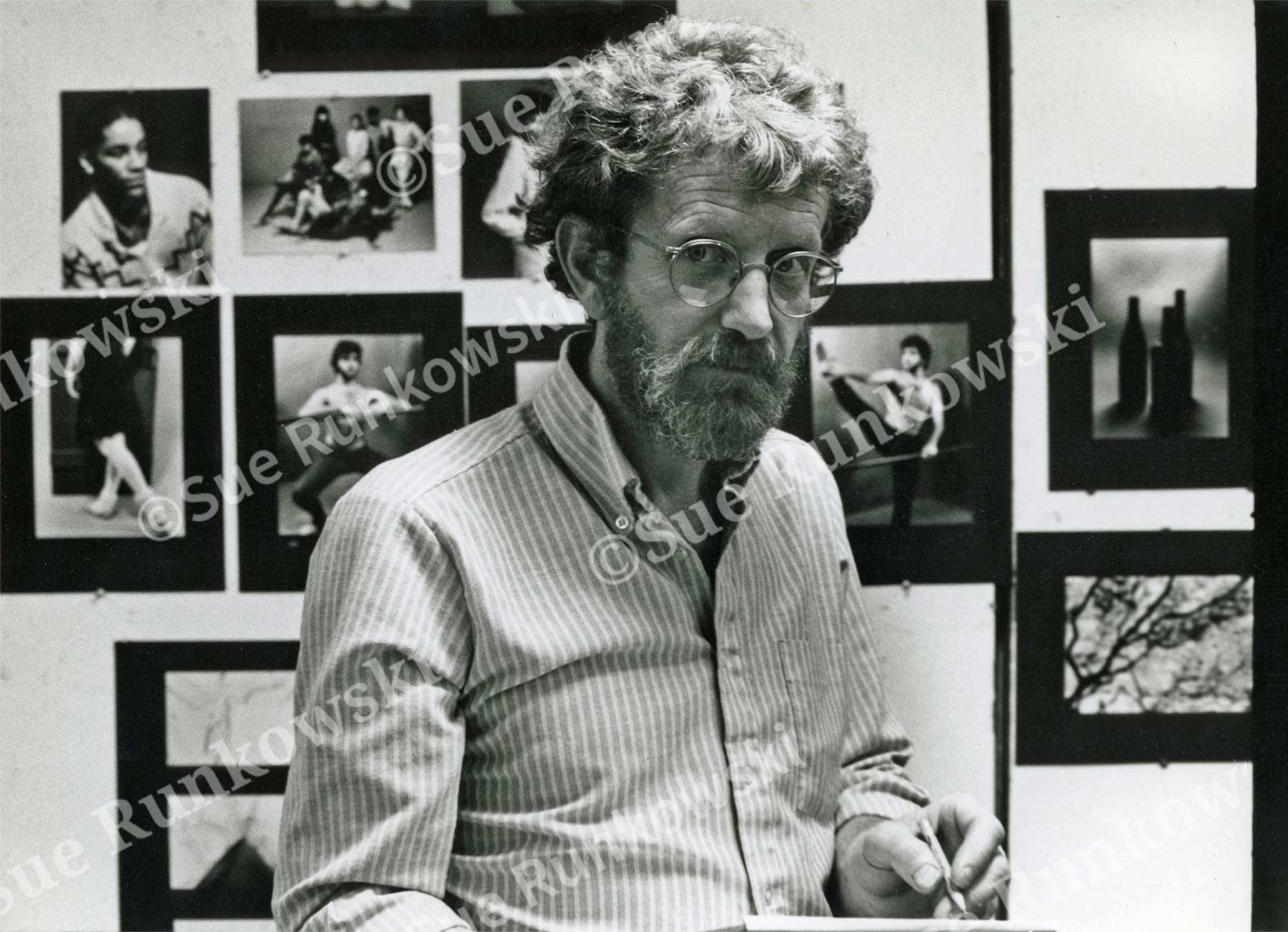
I first encountered Hugh in my introductory photography class at Hofstra University, and right away, it was clear that he was more than just a teacher—he was an experienced artist who could seamlessly merge the technical aspects with creative expression. With years of experience both as a professional photographer and educator, Hugh created an environment that was as inspiring as it was informative. His teaching style was the perfect balance of structure and freedom, encouraging us to explore our creativity while grounding us in solid technical skills.
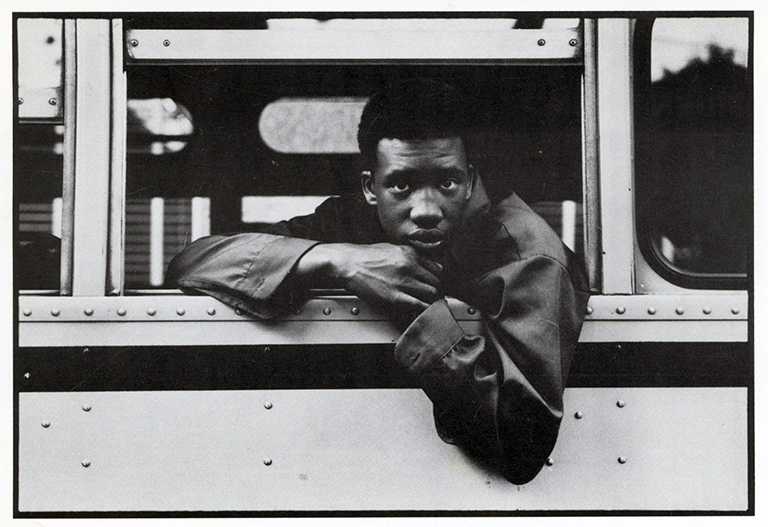
One of the key takeaways from Rogers’ lessons was learning to truly “see” through the lens. He often reminded us, “A great photographer doesn’t just capture what’s in front of them; they capture a moment, a feeling, a story.” This mindset became the foundation for my work and continues to guide me today. Hugh challenged us to think critically about every shot, pushing us to look beyond the obvious and capture the essence of a scene. His favorite phrase was compose and crop the image in the camera not the darkroom.
Hugh’s approach in the darkroom was just as impactful. He taught us not only the technical side of developing film but also the artistry involved in creating beautiful prints. Always hands-on, Hugh gave each student the attention and time they needed to master the craft—whether it was perfecting exposure or adjustment of print tones. His patience and guidance created an environment where mistakes were part of the learning process, and every mistake was a step toward mastery.
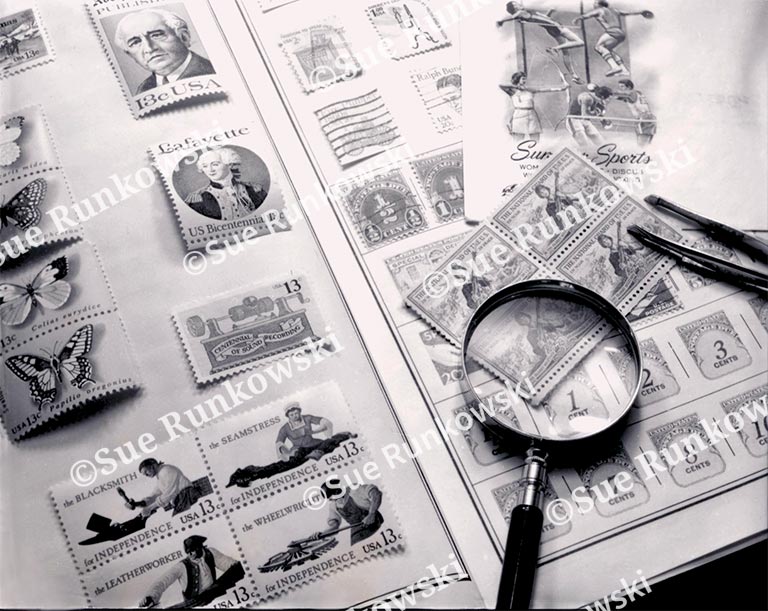
After graduation, I continued my journey of growth with Rogers, eagerly enrolling in as many night classes as I could. One class, in particular, took my skills to new heights: large format photography. Using a 4×5 camera with bellows was a transformative experience. The slower, more deliberate process of capturing images with this camera forced me to truly slow down and carefully compose each shot. The tilt and shift capabilities of the bellows provided unparalleled control over perspective and depth of field, resulting in stunningly detailed, high-quality images with endless creative possibilities. This class not only elevated my craft but also deepened my appreciation for the timeless artistry of 19th-century photographers.
Throughout the course, I had the privilege of meeting many talented, passionate students. One, in particular, stood out for his extraordinary creativity—a photographer named Joe (though I believe his real name was Central European in origin). While I can’t recall his full name, I’ll never forget the impact he had. I truly hope he went on to achieve an incredible career in photography.
As I continue to grow as a photographer over the years, I often reflect on the invaluable lessons Rogers taught me. His dedication to both his craft and his students has had a lasting influence on my work, and I am grateful for the solid foundation he helped me build. Rogers wasn’t just a professor—he was a mentor who ignited my passion for photography and inspired me to push the boundaries of my own creativity.
